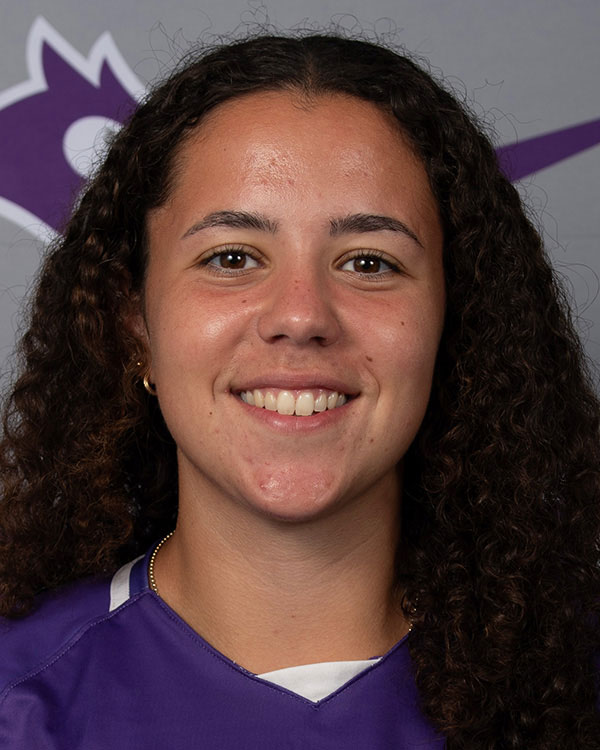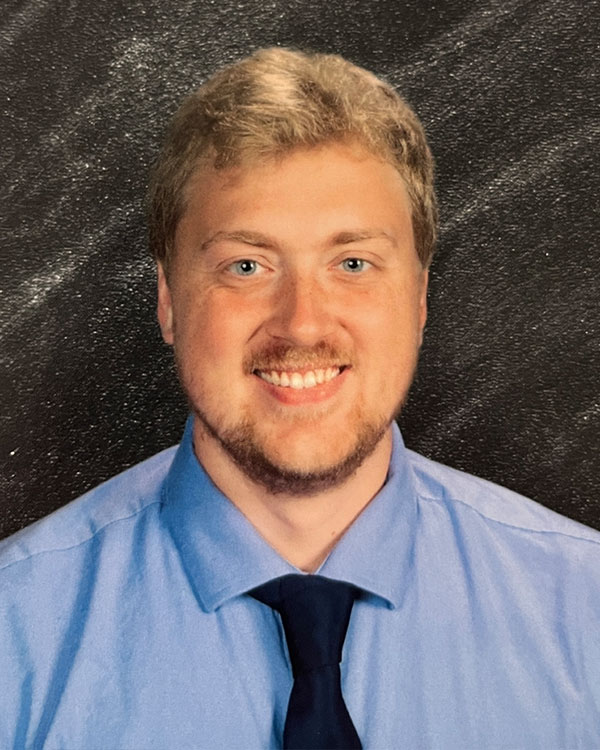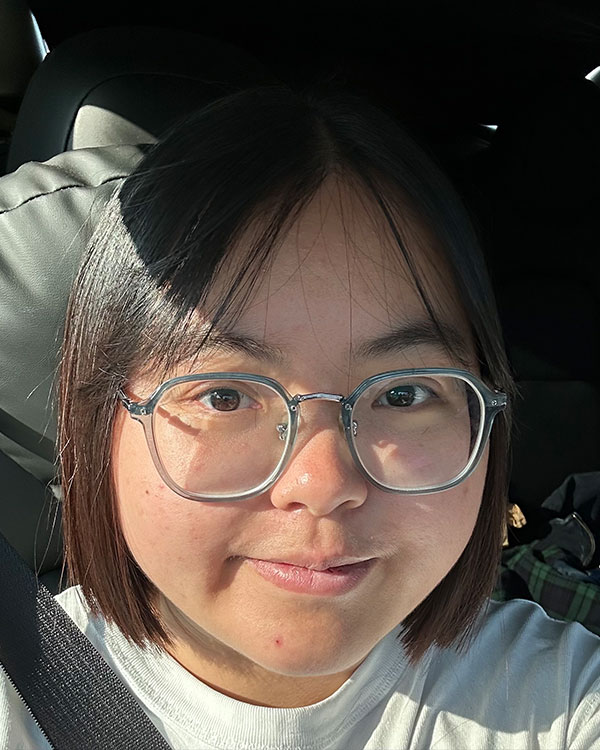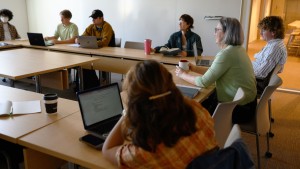What Jenna Michel ’26 was looking for last semester when she signed up for a political science class on “Immigration, Citizenship and National Identity” was understanding. What she found was empathy — and a concrete way to help asylum seekers while developing her own skills.
“Right now, immigration is such a salient issue in politics, but I didn’t really know how the system works,” she said. “I didn’t want to take a stance on it until I fully understood what it meant and what our system actually constituted.”

Reading scholarly articles for class helped, but what made an even deeper impression on Michel was a project done in conjunction with the Immigrant Worker Project, a nonprofit organization that supports rural Latin American migrants in Ohio and represents them in immigration court.
Students in the class taught by Assistant Professor of Political Science Nancy Powers ’83 put their research skills to work digging up information about conditions in the home countries of actual asylum seekers showing why it might be dangerous for them to return, something that could prove pivotal in their court cases. That was a particularly exciting way to learn for Michel, a political science major.
“Essentially, we got to have a hands-on experience with a real person,” she said.
In the decade that Powers has been using this strategy to help teach about the ins and outs of America’s complex immigration system, she has made headlines before, but it took on added relevancy during last year’s presidential campaign when immigration became a central issue. The goals of the project remained the same, though, as students honed their fact-finding skills and thought creatively to solve problems.
“Just in the mechanics of the project, there are a lot of learning skills and professional skills that they get,” said Powers, an expert in Latin American politics who also serves as associate director of the Center for the Study of American Democracy. “But more importantly, I can talk until I’m blue in the face about how people migrate to escape violence, but when a student spends five or 10 hours digging into the issue of one individual’s experience, it all becomes much more real.”
These sorts of endeavors in which faculty harness the expertise of external organizations — known as Community Engaged Learning (CEL) — aim to provide students with opportunities for reflection on real-world, hands-on experiences. They are coordinated through the Office for Community Partnerships.
Jeff Stewart, coordinator of programs for the Canton, Ohio-based Immigrant Worker Project, visited Powers’ class in September. He said past research by Kenyon students has had a significant impact.
“Invariably, the students come up with one or two articles that we’ve never seen before, and those get used in cases all the time,” he said.
Some articles discovered by Powers’ students were even cited by the United States Court of Appeals for the Sixth Circuit about five years ago, saying it was reasonable for a victim of domestic abuse in Guatemala to not expect to receive assistance from the police, according to Stewart.
A number of students have continued their relationship with the Immigrant Worker Project following the course, joining it as a summer intern and even, in some cases, taking a gap year after graduation to coordinate its youth education program.
Eric Thornton ’18, an international studies major who served the nonprofit as an intern and education coordinator, said that his experiences with the organization — both in the classroom and out — opened his eyes to an invisible community in Ohio.

“I was fascinated to find the huge community of immigrants — people that were there legally or that were undocumented — that lived in all of these dozens of small towns across the state,” he said. “It was just a crash course on understanding the needs of the immigrant community.”
It led him to pursuing a teaching career in Dallas, where he was drawn to the Hispanic and immigrant communities.
Michel’s project involved the case of a member of the Mayan community from Guatemala whose brother was killed and who said he was subjected to threats from a city official and police due to his activism involving indigenous lands.
“He ended up fleeing to the United States because of that,” she said. “I basically had to look for evidence about it.”
Michel, who is considering attending law school after graduation, said the project made her more empathetic towards those going through the complicated process of seeking asylum, more educated about the need for reforms, and more interested in possibly pursuing a career in immigration law.
Her classmate, Chau Vu ’26, said the experience reinforced her interest in the field and made her more confident in her desire to help immigrants moving forward.

“I am hoping that at some point I can intern for a nonprofit project like the IWP because it’s highly aligned with what I want to do, which is basically advocating for immigrant justice,” she said.
The case she worked on involved a man from Mexico who has a disability and who claimed he was discriminated against and threatened by his employer, community members and organized crime groups as a result. Vu said it was exciting to be part of something that could have real impact — both for her own skillset and for a person in need.
“Before I started this project, I hadn’t really done any deep-dive research into country-of-origin conditions like this. So I learned a lot about how to find evidence,” she said. “I was really happy and really grateful that I got the chance to work on an actual asylum case.”
